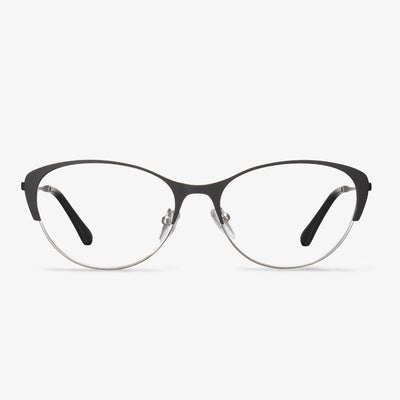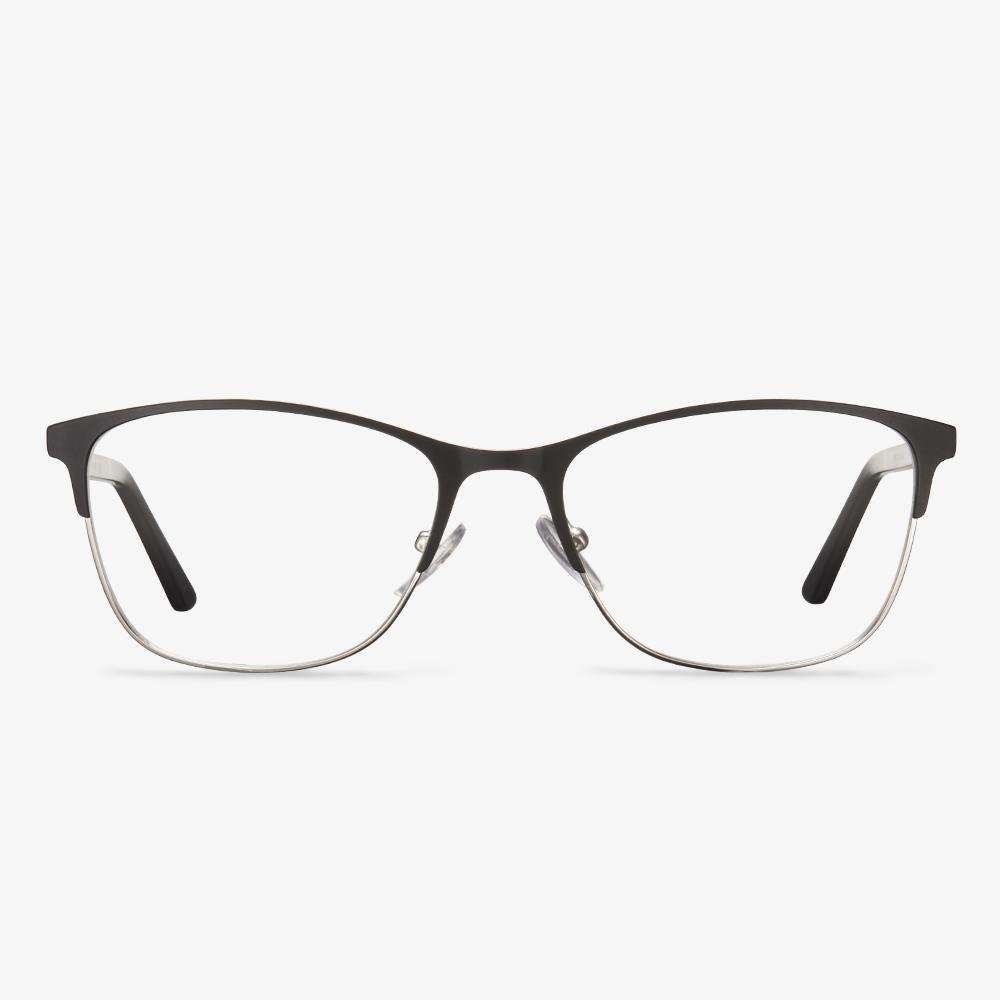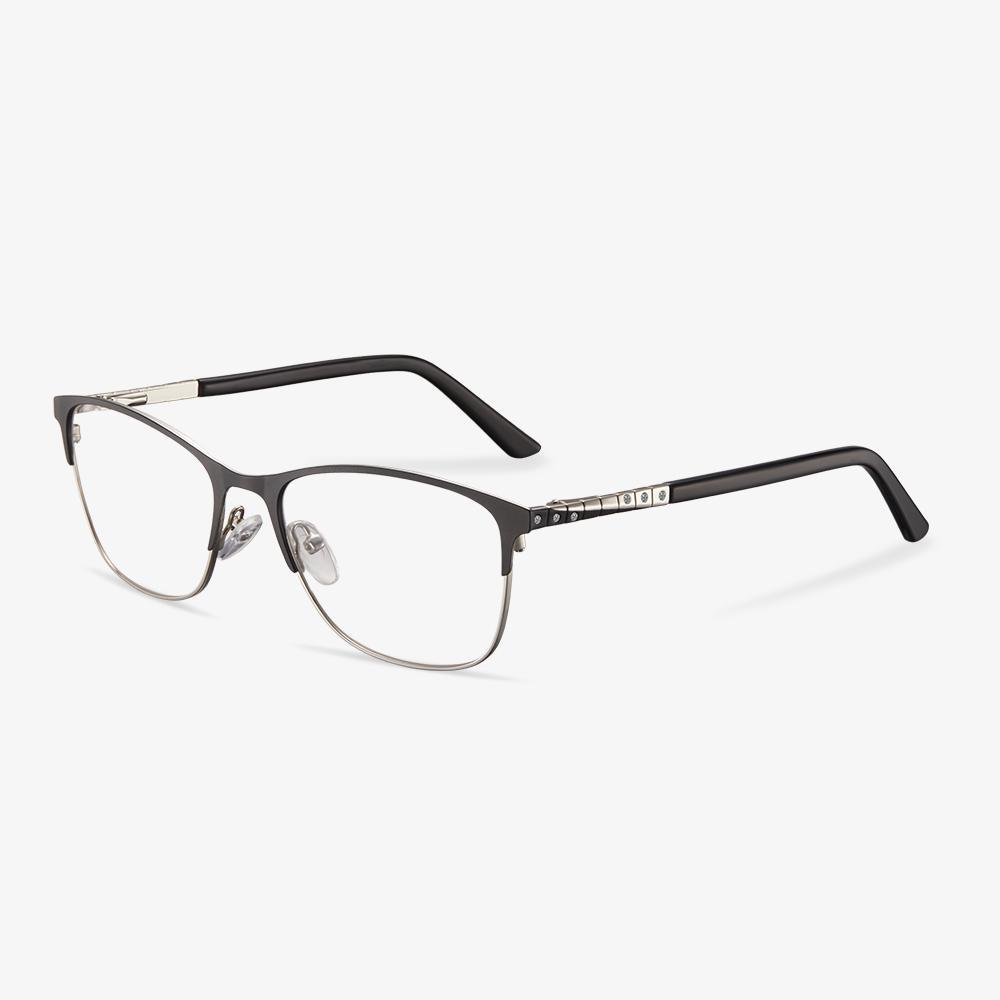What are bifocals?
A bifocal lens is a lens with two focal points. Because of the imaging principle of the lens, even half of the lens can still present a complete image, and the two images do not interfere with each other. In the past, both short-sighted glasses and presbyopia glasses were called single-focal lenses, which had only one focus. Later it developed to the bifocal lens, and the same lens is divided into upper and lower two parts. The upper part of that lens is used when seeing far, and you look down when seeing close objects, just the reading distance, naturally used the second half.
Which Glasses for Computer Are the Best?
There is no such a thing that one type of computer glasses can fit all or is the best for everybody. When selecting glasses for screen protection, the visual ability, personal preferences, the type of work, the distance between the computer user’s eye and the monitor, and other factors should also be considered.
Benefits of MR Lenses
It is made of MR series material of Mitsui Chemical, Japan. The biggest advantage is that it is both thin and has good optical properties. Besides, the material has good impact resistance and toughness, so it is not easy to be deformed or broken. Wearing such lenses not only looks more beautiful, but clear and comfortable, and safe at ease. Using a lower density polyurethane material, the lens is lighter and thinner, making it more comfortable to wear. The higher machining success rate increases the processing efficiency and reduces the processing cost. The film compatibility and dyeing properties of MR™ are better than those of ordinary materials, which can improve the quality of functional lenses like photochromic lenses and myopic sunglasses. MR-8™ combines high refractive index, high Abbe number (for better imaging), and better processing performance, suitable for rimless, half-frame, and other glasses, which are less broken and safer. MR-7™ provides better dyeing performance, faster and more uniform color application, and can be used for myopic sunglasses. MR-8 Plus™ is safer and further improves the impact resistance of the lens while maintaining the high Abbe number of MR materials.
Understand the impact of frame selection on the lens
Frame size is an important consideration when using progressive lenses because some progressive lenses work better in frames of different sizes. Since progressive lenses allow you to see at all distances, it's important that the whole range of vision fits within the frame. Therefore, very short lenses and larger lenses are not suitable for progressive lenses.
What is the bifocal lens?
Bifocal reading glasses are characterized by distance vision correction in the upper part of the lens and near vision correction at the bottom. If you need help with both, that's great. This lens is designed to facilitate the working of reading glasses and standard prescription glasses, all in one frame. Glasses are recommended when you are diagnosed with presbyopia, and bifocals are usually the first choice. But for intermediate vision, bifocals are difficult because they're not close enough for the reading part of the lens, and they're not far enough away for the distance part of the lens. Bifocal sunglasses have no magnification at the top, and the reading ability is at the bottom of the lens. Bifocal reading glasses can be found anywhere reading glasses are sold, but they can be harder to find than full magnifying lenses.
Types of Bifocal Lenses
Flat top: It is a kind of common bifocal lenses. The lower part of the lens is present in the shape of a half-moon or the letter D on its side. The upper part and the lower part of the lens can be clearly distinguished from each other. The patient using such a bifocal lens has the choice of choosing the length of the lower segment which is either 25 mm or 28 mm.
Round seg: the second type of bifocal lens we want to mention is the round seg. The segment is either 22 or 24 mm in length and it provides more are to adjust between the two different types of vision easily. This type is very rarely used nowadays.
Blended: this type of bifocal lens has the lower part of the lens in a round shape and the edges of the lens are blended with the upper lens making the lens appear as one.
How to Keep Glasses from Slipping
Stick-on Nose Pads
Nose pads would be a good choice to prevent glasses to slide down your nose. Hence, you can stick a pair of rubber pieces in the nose pads of your glasses or you can choose a pair of glasses with rubberized nose pads. If you want to try a pair of nose pads glasses, the Koalaeye Optical may be a good choice. The rubber nose pads will make you feel steadier and better and the additional resistance on the nose pad will surely provide more support. So, if your glasses often slip down from your nose, try this way.
Wax Coating
To keep glasses from slipping, you can try wax coating which is a smart move. Use the wax on your nose pad area along with the temple where the glasses come into contact with the skin. In general, it works fine and it is nearly invisible.
Temple Ear Hook
The temple ear hook is a good way to keep glasses from slipping. It can provide mechanical support behind the ear and you will feel the support from the back of your ears. But the drawback of the temple ear hook is that it is quite visible. When you take off the lenses, you need to lift the temple higher so that the ear hook could clear the ear’s crest. Besides, the cheaper one might cause some discomfort to the back of your ears because of the pressure.
Rubber Bands and Hair Ties
To keep glasses from slipping, you can also try hair ties and rubber bands. You can tie one around the temple tip behind your ear so that it can provide both slight mechanical support and friction forbidding your glasses from moving around. What’s more, this is a low-cost method.
















































